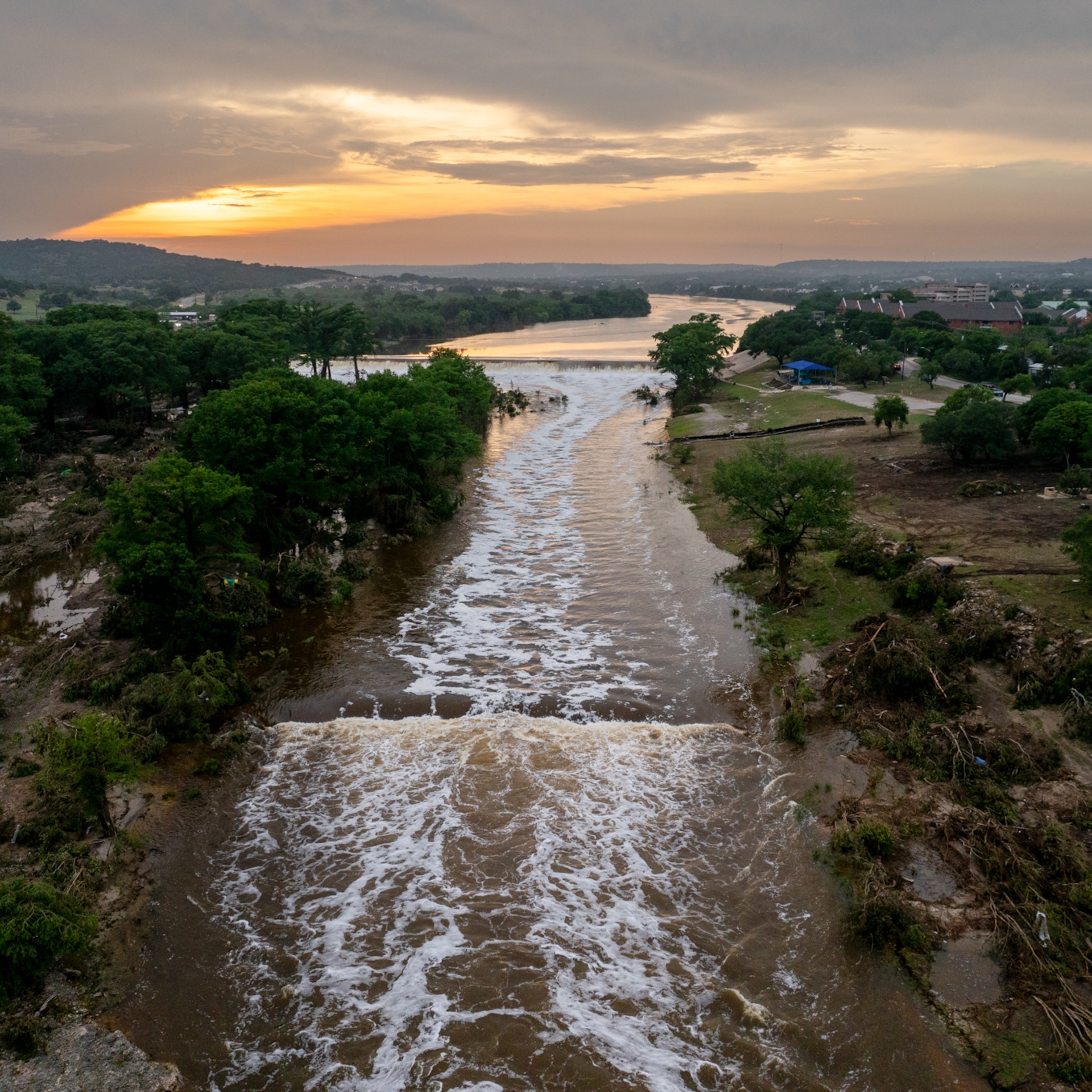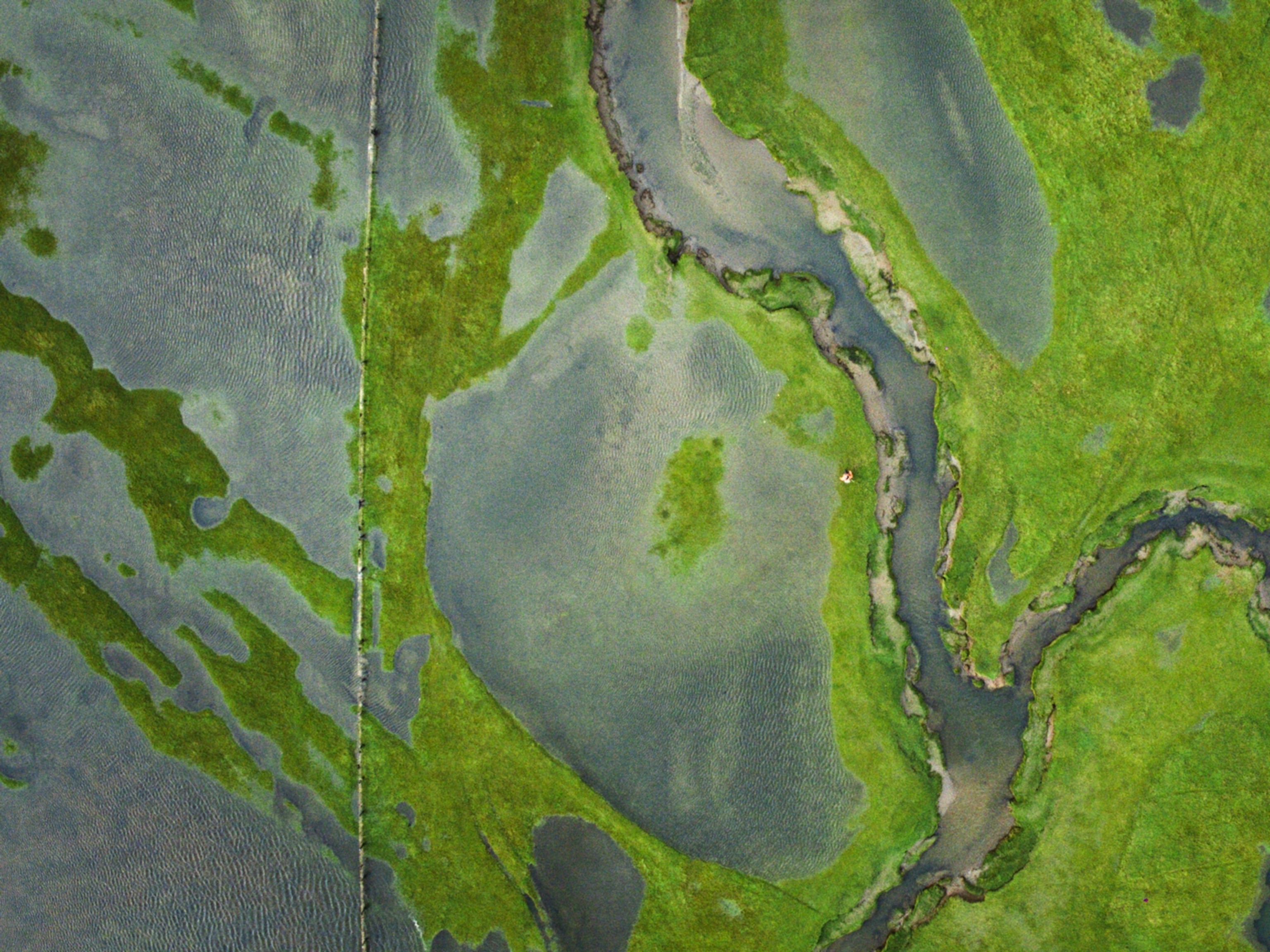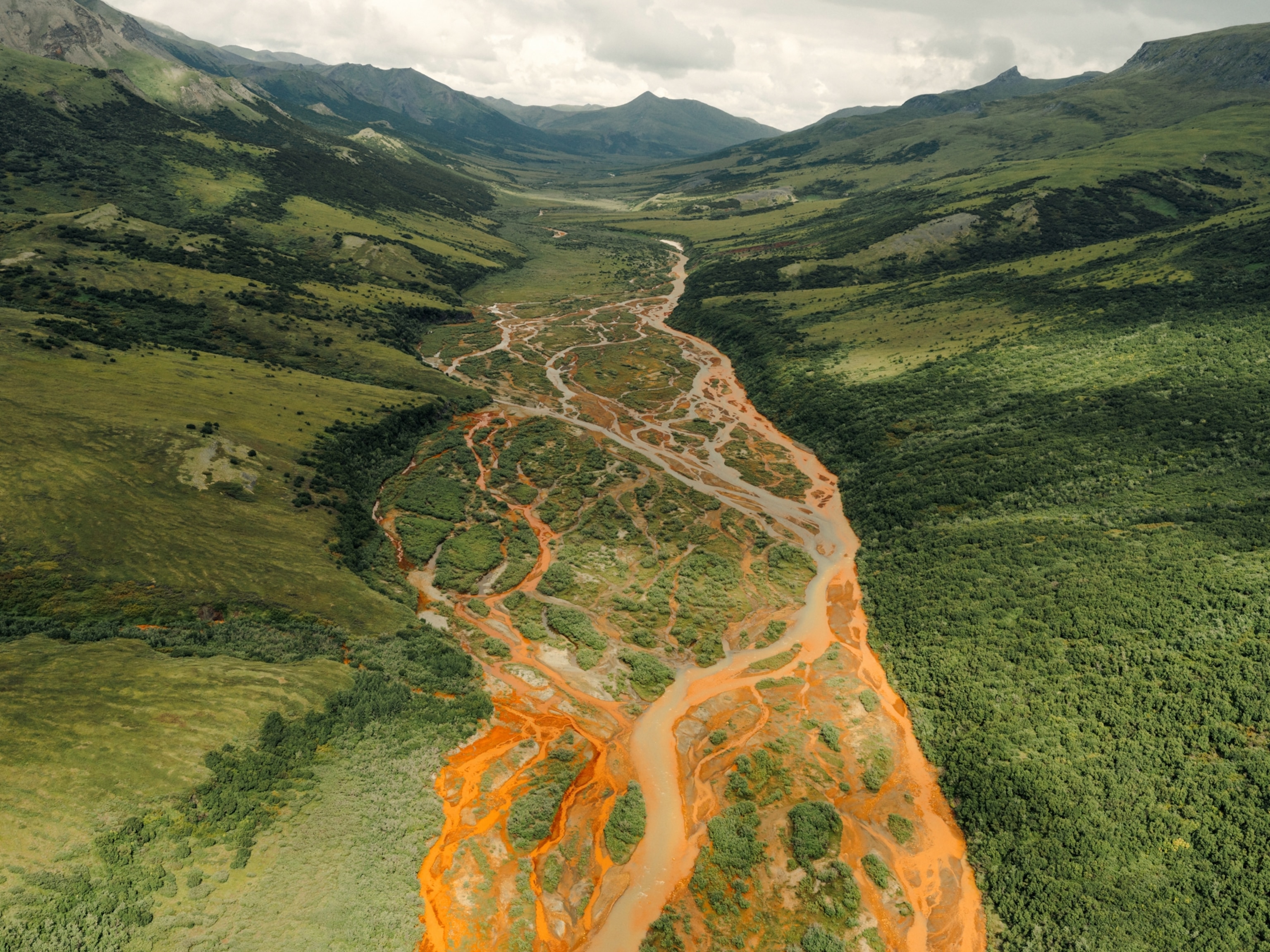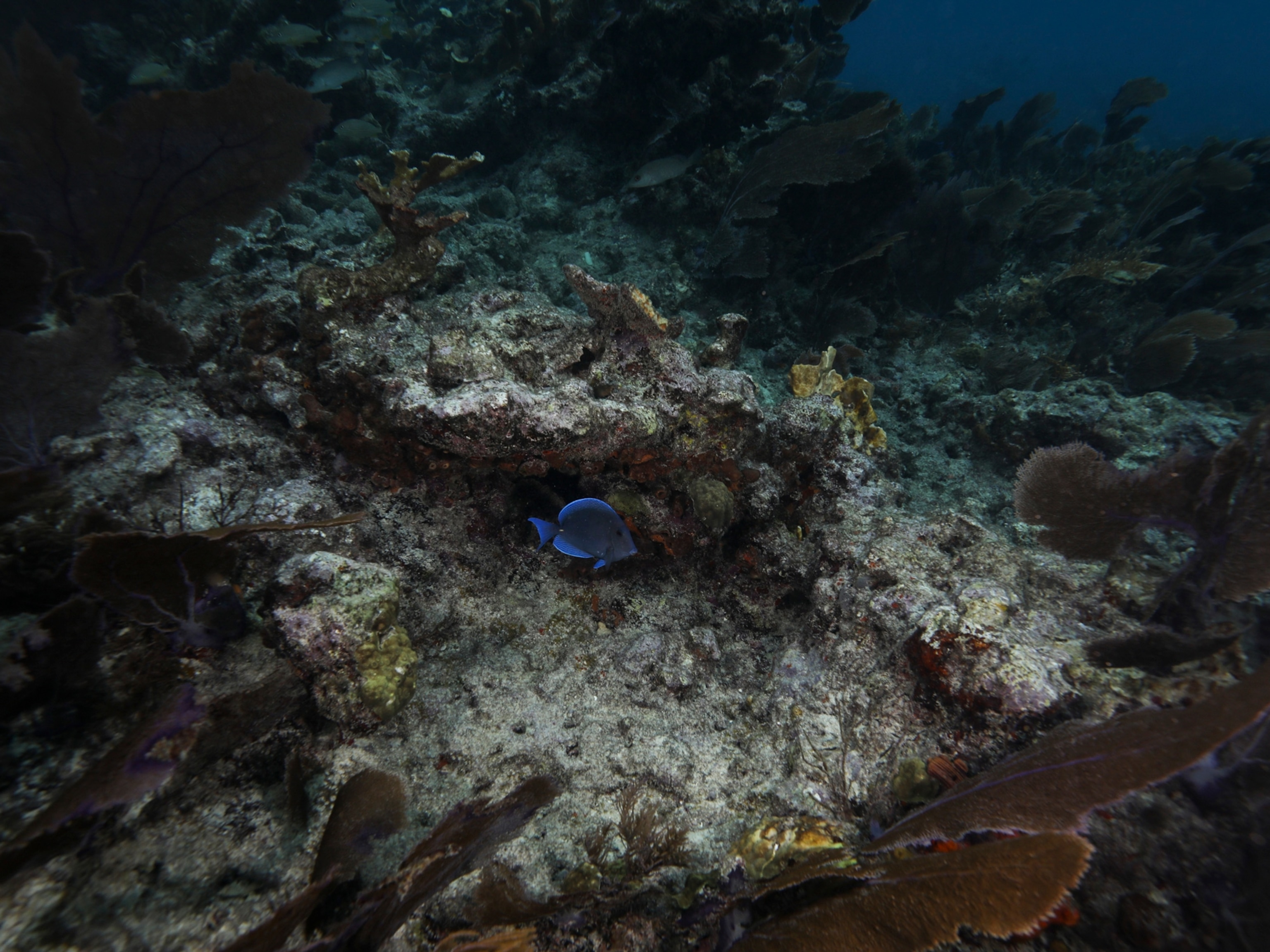How a dandelion can hold back a flood: Initiating the butterfly effect for good
As we focus on innovative science and large-scale solutions to save us, it is vital that we never underestimate the power of a singular act to snowball and make a big difference, too.
Coined by MIT professor Edward Lorenz, the butterfly effect is a powerful reminder of the interconnectedness of all things. Lorenz devised a model showing that two near-identical starting weather conditions can lead to two radically different weather outcomes. His work demonstrated that we can’t predict long term weather conditions because we don’t yet have the ability to measure nature’s unpredictability. The concept has since evolved and suggests more generally that even the smallest actions can trigger far-reaching consequences over time.
Like it’s most famous usage—a butterfly flapping its wings causes a tsunami - these consequences are often unpredictable and unexpected. However, they don’t have to refer to a negative chain of events. For example, reintroducing wolves to Yellowstone National Park increased the beaver population, benefited plant life, and provided food for the resident animals in ways that experts never saw coming.
There are many situations where humans can take small actions that go a long way for our world, illustrating how supporting nature today, can build a more resilient tomorrow.
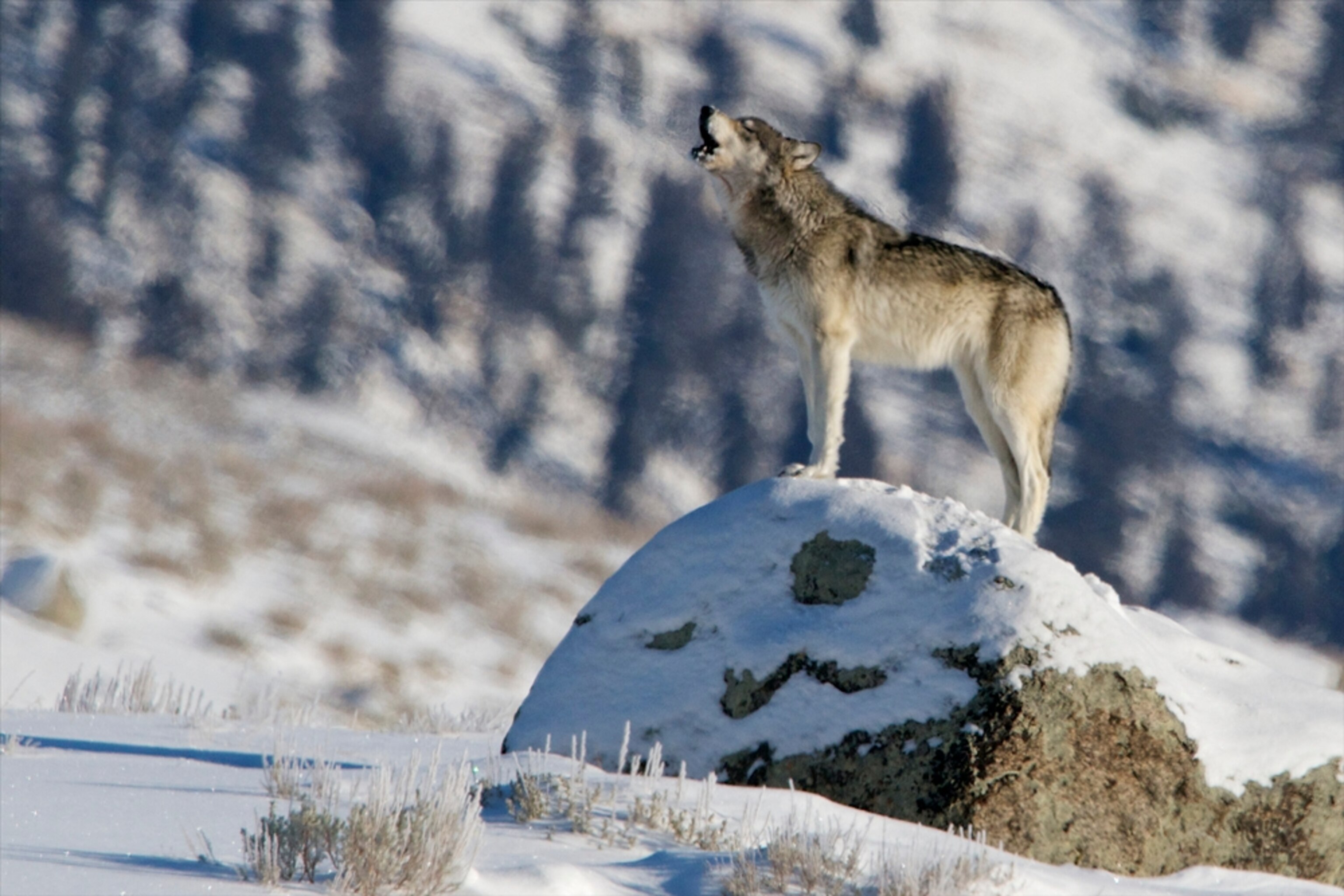
Starting the butterfly effect in your garden
We can play an active role in kickstarting the butterfly effect of nature recovery by giving some of our urban spaces back to nature through the act of rewilding.
Rewilding involves reintroducing native species, restoring natural habitats, reducing human impact on ecosystems, or generally allowing nature to reclaim a space. But over and above these impressive results, this seemingly modest endeavor can also set in motion a series of cascading effects that rejuvenate entire landscapes, sometimes thousands of miles away on the other side of the globe.
In fact, a dandelion can help stop a tsunami in Malaysia. That may sound implausible, but by following the chain, you can see how...
Beginning in Germany, and across wider Europe, rewilding can create a natural domino effect that would surprise most people – and it all begins with planting dandelions in gardens.
Seen by many as a weed, the truth is that dandelions’ presence benefits gardens. Their wide spreading roots help to loosen soil, aerating the earth and reducing erosion. Thanks to their long taproots, they pull nutrients like calcium up from deep in the soil, making them available to other plants, and acting like a natural fertilizer. They also provide sustenance for a host of pollinator insects, including the marmalade hoverfly. This hoverfly migrates across Europe as far as the slopes of Switzerland, where they become prey for soprano pipistrelle bats. These bats, which can eat up to 3,000 insects each, each night, then in turn migrate from Switzerland to warmer climates such as Spain, where they operate as natural pesticides as well as pollinators. This multi-pronged utility has attracted the interest of researchers, who have developed and set up bat boxes in Spain’s Ebro Delta.
The next leg of our butterfly effect journey happens in a form of knowledge sharing. Bat boxes erected for research purposes in places like Spain’s wetlands have led to and influenced their global implementation in countries like Malaysia. Here, a fruit bat called the flying fox exists alongside mangrove trees, helping to pollinate them. These mangroves go on to thrive and become essential as natural flood barriers, even helping to protect locals from tsunamis.


Large scale nature insurance and ecosystem restoration–the Zurich Forest Project
Companies can also play an active role in preserving our planet. This is happening in real time with Zurich Insurance and the Zurich Forest Project.
The Atlantic Forest in Brazil is the home of this audacious rewilding story. In 2020, Zurich began a collaboration with the non-profit Instituto Terra to help restore an almost destroyed part of this ancient forest. Over the first eight years of this ongoing partnership, it is supporting the planting of one million seedlings, each carefully chosen for its higher survival rate and ability to jumpstart a complex ecosystem. As the seedlings grow, they will help restore biodiversity – leading to more flowers and more insects. This in turn will attract more birds, microscopic creatures, and even larger animals – including wildcats – back to the forest. The chain of change that is restoring biodiversity will also improve the lives of the people living in the region. Local communities are already seeing the benefits of rewilding with new jobs and opportunities, including 200 new local experts being trained as the next generation of forest protectors.

Starting the butterfly effect in your home
The butterfly effect isn’t only seen outside in nature, but can also be initiated inside our homes. Positive ripple effects of change can occur when people make eco-conscious house modifications. Simple changes, such as adopting solar panels, installing energy-efficient appliances, and enhancing insulation can gradually add up to significant energy savings.
Typically seen in period and older homes, single-glazed windows can be a substantial contributor to energy wastage. In fact, updating your home’s windows with double-glazing can reduce carbon emissions by up to 400kg per home per year and lead to a decreased demand for energy, cutting household energy bills.
When coupled with a demand for renewable energy, we create a further butterfly effect, prompting and supporting investment into clean energy infrastructure.
Other simple changes we make at home can manifest themselves in ways beyond energy conservation. Home modifications such as rainwater harvesting can reduce water usage and support local biodiversity, while food waste can be recycled into bioenergy or fertilizer.

From rewilding to home improvements, the resilience of nature tomorrow, continues to depend on how we support nature today.
